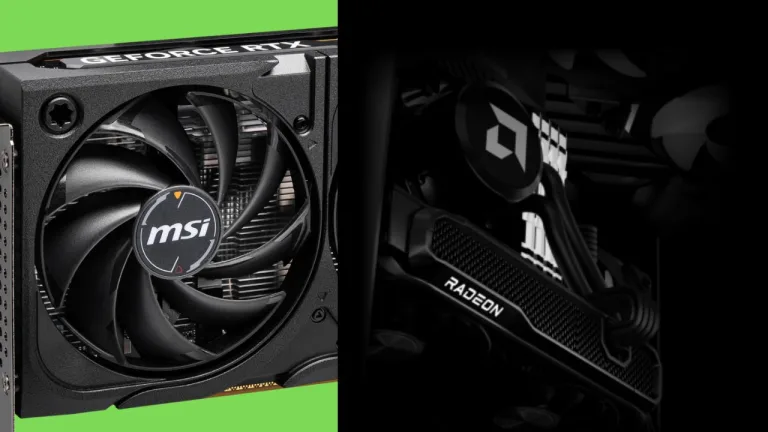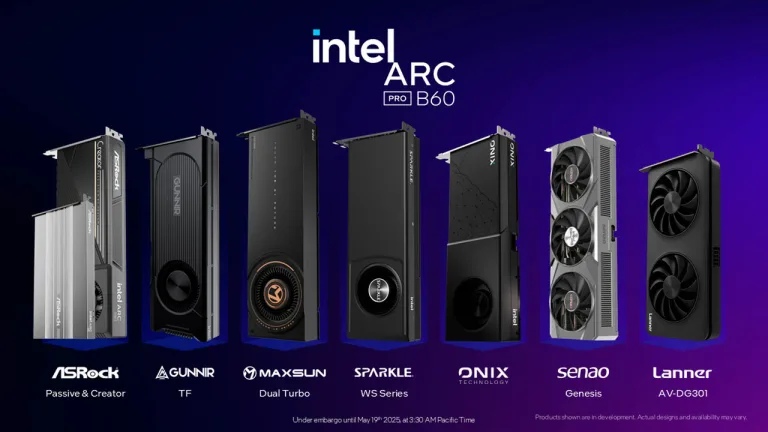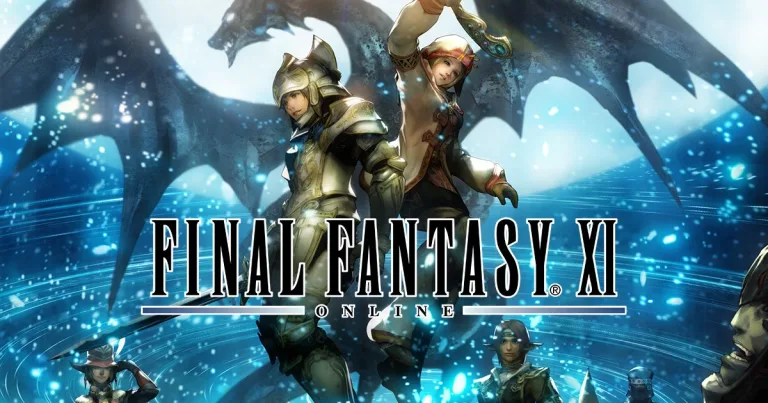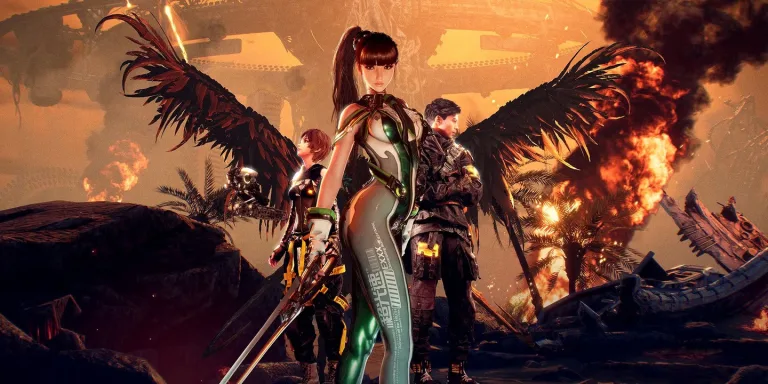Computex 2025 has been a battleground for the latest mid-range graphics cards, with NVIDIA unveiling the RTX...
PC
Gamers Nexus could be the first of many reviewers and content creators fed up with Nvidia’s behavior

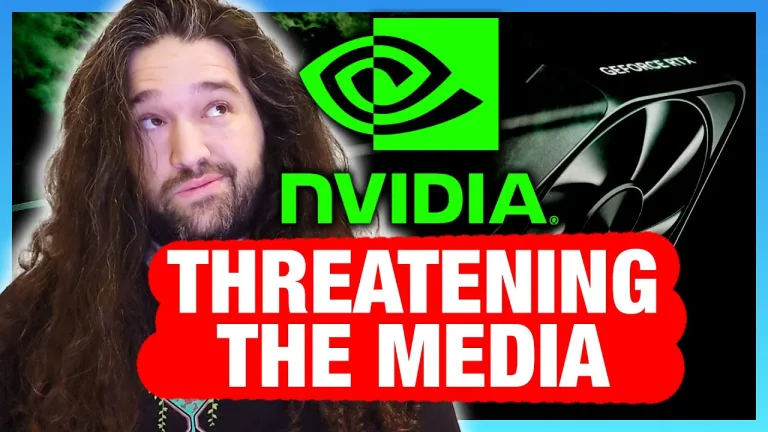
Gamers Nexus could be the first of many reviewers and content creators fed up with Nvidia’s behavior
In the ever-evolving world of tech journalism, transparency and integrity are paramount. However, recent allegations from Gamers...
Intel has unveiled its latest Arc Pro B-Series graphics cards at Computex 2025, introducing the Arc Pro...
For over two decades, Final Fantasy XI has stood as a testament to the enduring power of...
The highly acclaimed action RPG Stellar Blade is finally making its way to PC, marking a significant...
More than two decades after its original release, Breath of Fire IV has returned to PC as...
Windows 3.1 on a Game Boy Color? That’s a nostalgia-packed twist! While it’s not an actual port...
EA Sports has officially unveiled its plans for Madden NFL 26 and College Football 26, and the...
Bungie has officially announced the revival of its legendary sci-fi first-person shooter (FPS) franchise, Marathon. This marks...
The Metal Gear Solid franchise has long stood as a beacon of storytelling mastery, blending high-stakes espionage...


